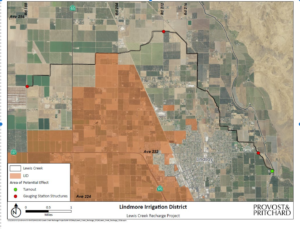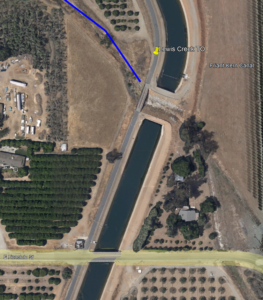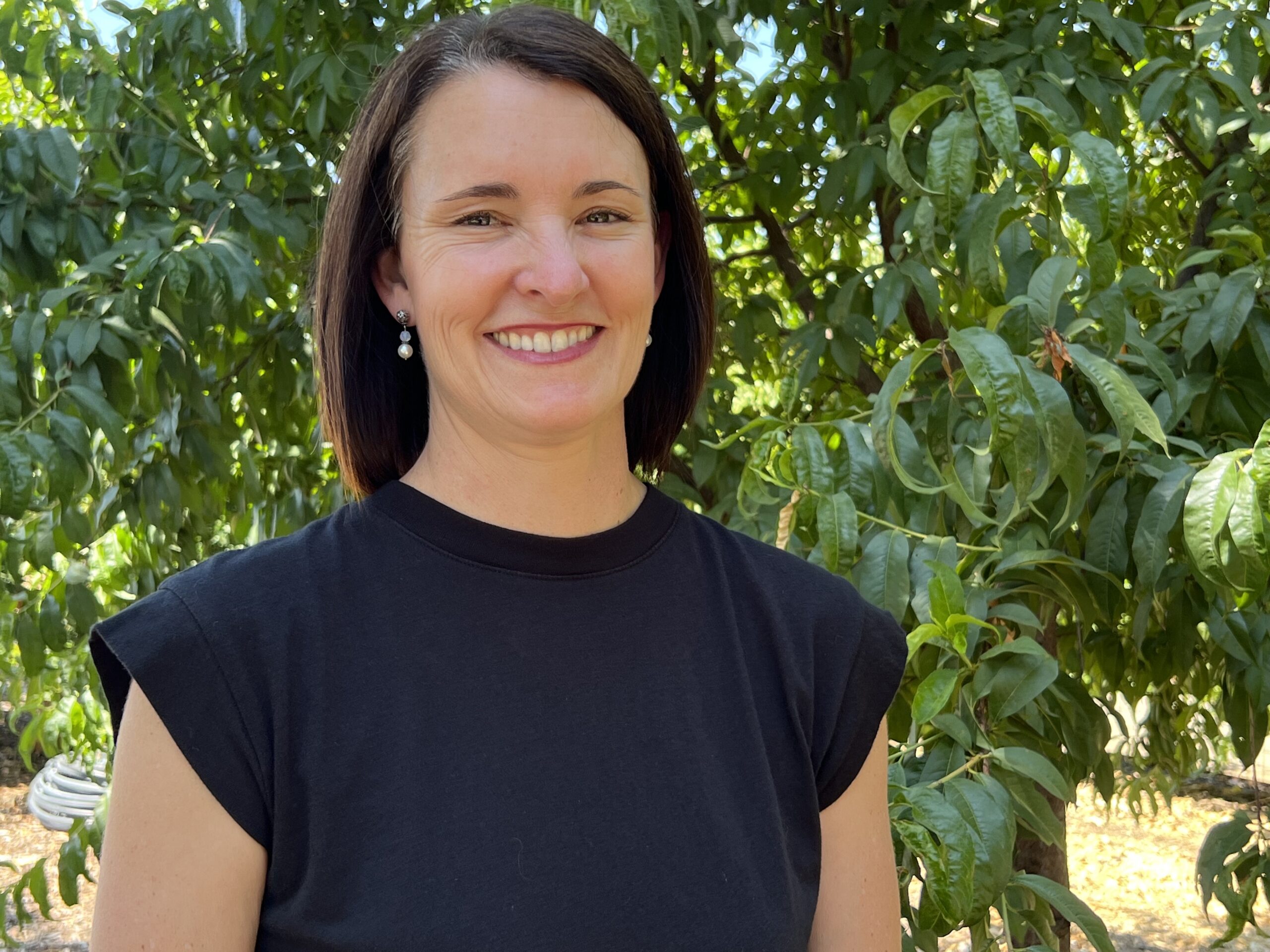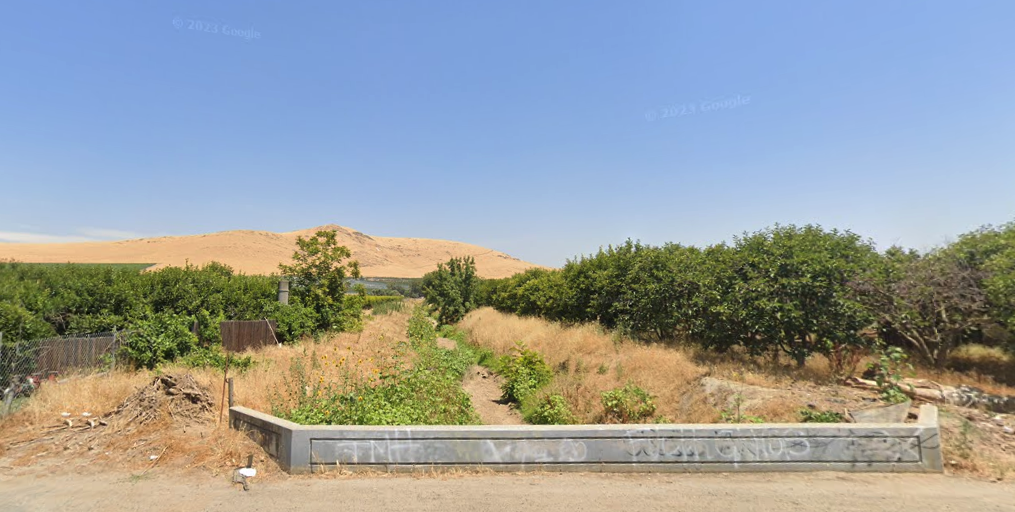A fast-acting recharge project in a creek bed near Lindsay is scheduled to break ground in December, one of three such projects underway in the East Kaweah Groundwater Sustainability Agency.
Lindmore Irrigation District’s Lewis Creek Recharge Project will capture water via a siphon from the Friant-Kern Canal when supplies are available, and send it along nine miles of the creek bed that winds past the disadvantaged communities of Lindsay and Tonyville.
The creek bed’s alluvial soils — deposited over centuries — are the best way to sink water fast, according to water managers. The Lewis Creek project could put up to 3,000 acre feet a year into the aquifer, when water is available.
“Any time you can use a natural channel, that’s the best bet,” said Chris Hunter, assistant general manager of Lindmore ID and program manager of the East Kaweah GSA.
That’s because a significant clay layer sits about 15 to 20 feet below the surface of the ground along the foothills in eastern Tulare County. The creek bed’s gravelly layers cut through that layer, allowing a much faster route to the aquifer — three to four years versus 40 to 50 years with above-ground recharge basins.
“Streambed percolation is a better approach for the east side,” said Mike Hagman, Lindmore ID general manager. “That’s how God used to recharge this area. These types of projects have a substantial benefit quickly.”
The East Kaweah GSA project portfolio includes two other creek bed recharge projects along three miles of Yokohl Creek and eight miles of Cottonwood Creek.

A separate project under review would also recharge Friant-Kern Canal water through the unlined Wutchumna Ditch. While not a natural stream bed, the ditch has a recharge capacity of about 480 acre feet per year.
By recharging in those streams with high-quality water from the Friant-Kern Canal, the projects will also address water quality issues for residents of Lindsay and Tonyville. Both communities have struggled with poor water quality for years.
With state and federal water supplies in continual jeopardy, Hunter said local water agencies need to take care of their own subbasins. Using flood water in wet years, such as 2023, is key.
Making sure the recharge projects also aid disadvantaged communities helped the GSA obtain grant funding, Hunter said. He noted that these types of projects — along with aggressively reducing groundwater pumping — are critical to the Kaweah subbasin’s efforts to achieve long-term sustainability. On Sept. 25, the East Kaweah GSA announced a groundwater pumping limit of .85 acre foot per acre for the 2023-2024 growing season.
“The Department of Water Resources and the State Water Resources Control Board have been very clear,” Hunter said. “(Recharge) Projects are not the right answer to justify overdraft. Projects are about long-term sustainability, because it takes a lot of years to get that water into the (underground) tables and to start to have benefits.”

The Lewis Creek project, estimated to cost $650,000 and funded by Proposition 68, is expected to be completed by February 2024.
“We want to be prepared for another wet year and to be able to relieve potential flood impacts,” Hunter said. “It’s a very viable project toward the recharge goals of the Kaweah Subbasin.”
Though the projects will help capture excess water, Hunter was clear that they should not be considered “flood control” projects.
Lewis Creek broke out in several areas last March, flooding sections of Lindsay. East Kaweah’s projects would not have prevented those breeches as they are not focused on cleaning out the channel or shoring up levees along the creeks.
But the projects will definitely help store some excess water which will “keep those supplies local to benefit us here, rather than being sent to the Delta, the Kings or Kern rivers,” Hunter said.
Share this:
- Click to share on Facebook (Opens in new window)
- Click to share on Twitter (Opens in new window)
- Click to share on LinkedIn (Opens in new window)
- Click to share on Reddit (Opens in new window)
- Click to share on Tumblr (Opens in new window)
- Click to share on Pinterest (Opens in new window)
- Click to share on Pocket (Opens in new window)
- Click to share on Telegram (Opens in new window)
- Click to share on WhatsApp (Opens in new window)
- Click to print (Opens in new window)









You must be logged in to post a comment.